Feline Leukemia or Feline leukemia virus (FeLV) is one of the most common infectious diseases in cats that is a highly fatal, oncogenic (tumor-producing) viral disease. The virus replicates within numerous tissues in cats, including bone marrow, salivary glands, and respiratory epithelium. Susceptibility to FeLV infection is most significant in kittens under four months of age. Older cats have significant natural resistance to infection. There is no sex or cat breeds predilection of the Feline Leukemia disease.
Important Information of Feline Leukemia in Cats
Feline Leukemia is a devastating and most common disease of kitten and young cats of less than four months. The disease is manifested by many common clinical signs and can not be cured easily. As a cat owner, you must have a basic knowledge of the clinical aspects of the disease. If you can notice early, you can save your lovely kitten from premature losses.

Causes of Feline Leukemia
Feline Leukemia disease is caused by the Feline leukemia virus (FeLV). The virus is a single-stranded RNA virus belonging to the Retroviridae family. Now it is known to have evolved from a similar virus in the rat. The virus is a tumor producing and oncogenic.
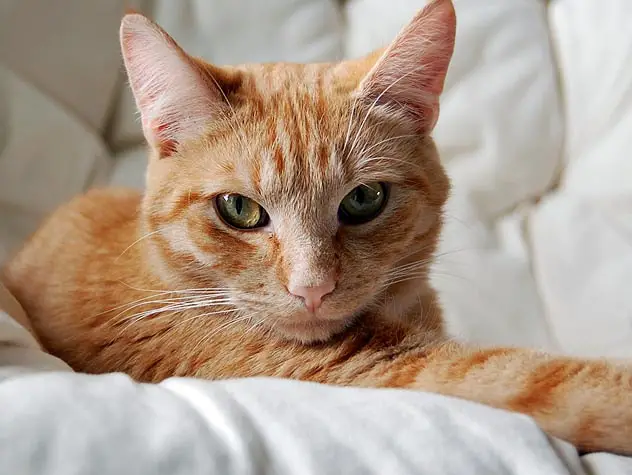
Transmission of FeLV
The virus is spread both vertically, that is, offspring in utero or to neonates through the milk—the virus’s horizontally spread from cat to cat.

What are the first signs of feline Leukemia?
The disease do no show any specific signs but the most common clinical manifestations are:
- The infected cats are at risk of developing solid tumors (e.g., lymphosarcoma) or Leukemia.
- Bone marrow suppression involving white cells, leukocytes, and erythrocytes are commonly encountered in clinical practice.
- Compromise of cell-mediated immunity culminates in increased susceptibility to bacterial, viral. And fungal infection.
- The immune-complex disease affecting renal function and polyarthritis has been documented.
- Several reproductive i.e., abortion and CNS disorders, are also reported.
- Yellow color in the mouth, eyes become whites and pale gums.
- Fever, diarrhea, weight loss, or loss of appetite are common.
- Poor coat condition of the affected cats and become progressive weakness and lethargy.
- Gingivitis and stomatitis are common in the oral form of FelV.
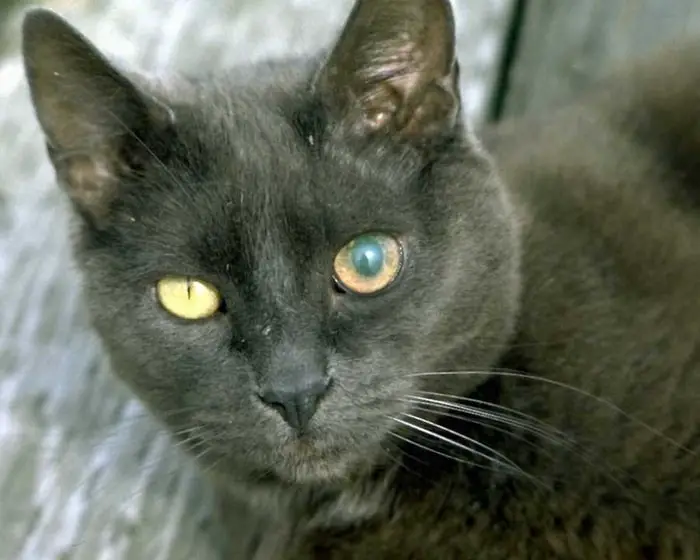
Diagnosis of Feline Leukemia Viral Disease
Because of the nonspecificity of clinical signs associated with FeLV infection, it is recommended that FeLV testing be performed on virtually all sick cats presented for evaluation. Two tests commonly in use today offer exceptional sensitivity and specificity in detecting FeLV antigen in infected cats’ blood. The ELISA test is an excellent in-hospital screening test that has exceptional sensitivity. Confirmatory IFA should be performed on a peripheral blood smear of ELISA-positive cats.

Recently, a PCR test has been used for the detection of FeLV antigen. However, most authors agree that the PCR test offers no significant advantage in detecting FeLV antigen over the conventional in-hospital ELISA test.
Differential Diagnosis of FeLV
The disease is similar to many cat diseases like:
- Chronic upper respiratory infection.
- Stomatitis.
- Gingivitis.
- Periodontitis is a common oral/respiratory signs that justify antigen testing.
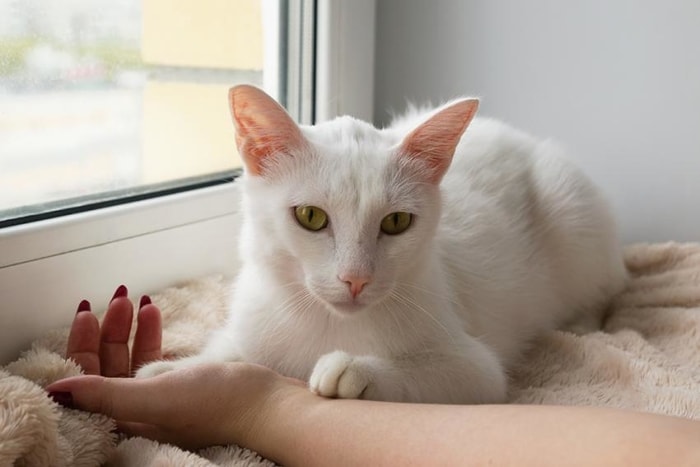
Since FeLV has oncogenic potential, cats with neoplasia, especially lymphoid tumors, should be tested for feline Leukemia. Hematologic abnormalities such as:
- Nonregenerative anemia.
- Lymphoblastic Leukemia.
- Leukopenia, thrombocytopenia.
- Thrombocytosis is commonly associated with Feline leukemia infection.
Treatment of FeLV
Specific treatment modalities for your FeLV infected cats are directed at the clinical manifestation of illness. A variety of immunomodulator and antiretroviral treatments you have been attempted. Your cats need regular veterinary check-ups and good preventive health care that keeps your pets healthy. As in FIV infected cats, AZT, PMEA, and human recombinant -interferon has been used to treat your Feline Leukemia infected cats.
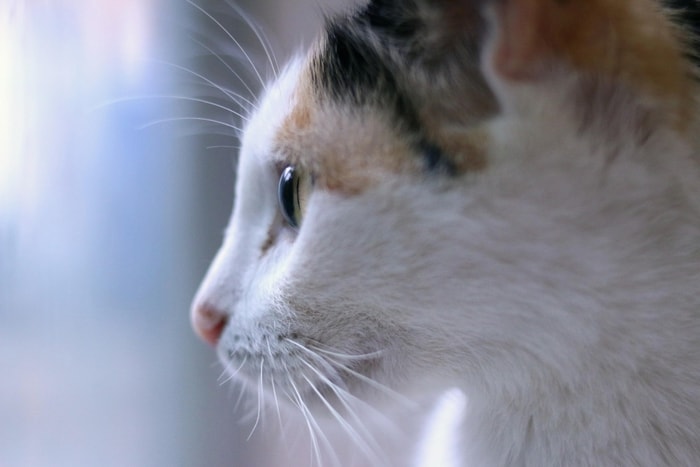
Prevention of FeLV
There are currently numerous vaccines on the market which offer relatively adequate protection against the disease. Routine testing and vaccination of cats determined to be at risk are critical factors in feline leukemia infection. Recently, vaccine-associated fibrosarcoma in cats has been associated with previous FeLV vaccination. Kittens are the most susceptible to the infection following exposure.
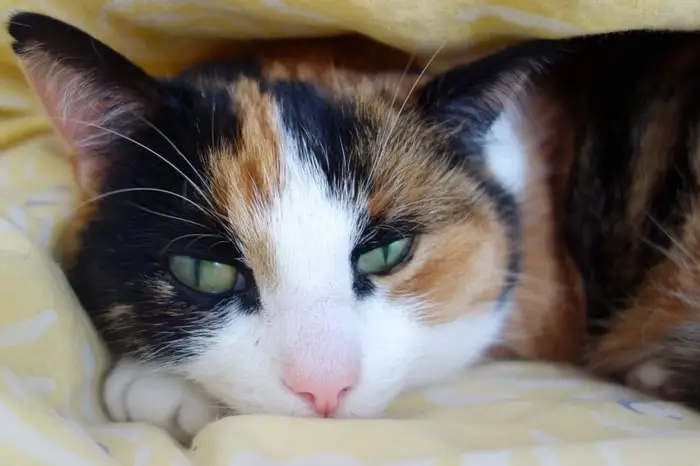
Cats over four months of age are significantly more resistant to infection. Adult, indoor cats are among the least susceptible to infection and generally should not be vaccinated regularly for the disease. None of the currently available FeLV vaccines will cause false-positive tests for Feline leukemia antigen on either IFA or ELISA tests. You should take care of your cats in-home and outside the home.
Concluding Remarks on Feline Leukemia
Feline Leukemia a contagious and rapidly spreading disease of cats. The disease can be prevented by proper vaccinating of the queen and kitten at an adequate age. The information I have given in the above paragraph will help you a lot. If you can take proper preventive measures, most of the cases can be controlled in the house cats. If the above information helps you, please inform it through social media with your friends.